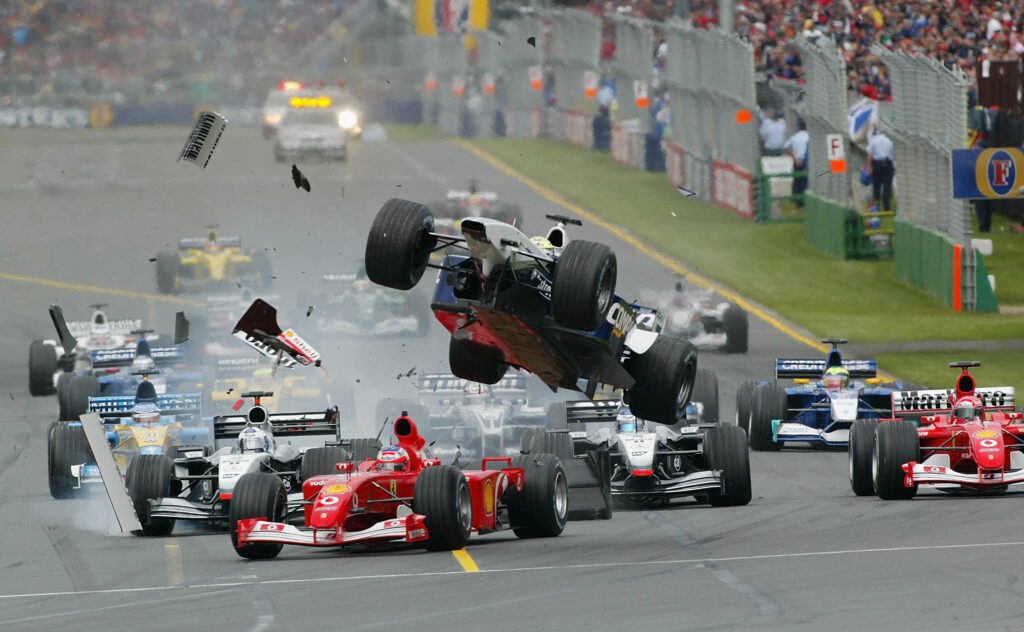Controversial MMA fighter Conor McGregor was beaten again by Dustin Poirier at UFC 264. Following a knockout defeat back in January, McGregor’s latest rematch against Poirier ended in the first round when doctors put a stop to the fight, after McGregor broke his leg.
“This is not over,” McGregor told reporters as he was being escorted out of the octagon strapped to a stretcher. “If I have to take it outside, let’s take it outside.”
In a new video on his YouTube channel, Dr. Brian Sutterer, an expert in physical medicine and rehabilitation, provides his professional opinion on McGregor’s injury, reviewing fight footage to pinpoint exactly when the break occurred, as well as offering some insight on likely methods of treatment, and how this will affect McGregor’s fighting career.















